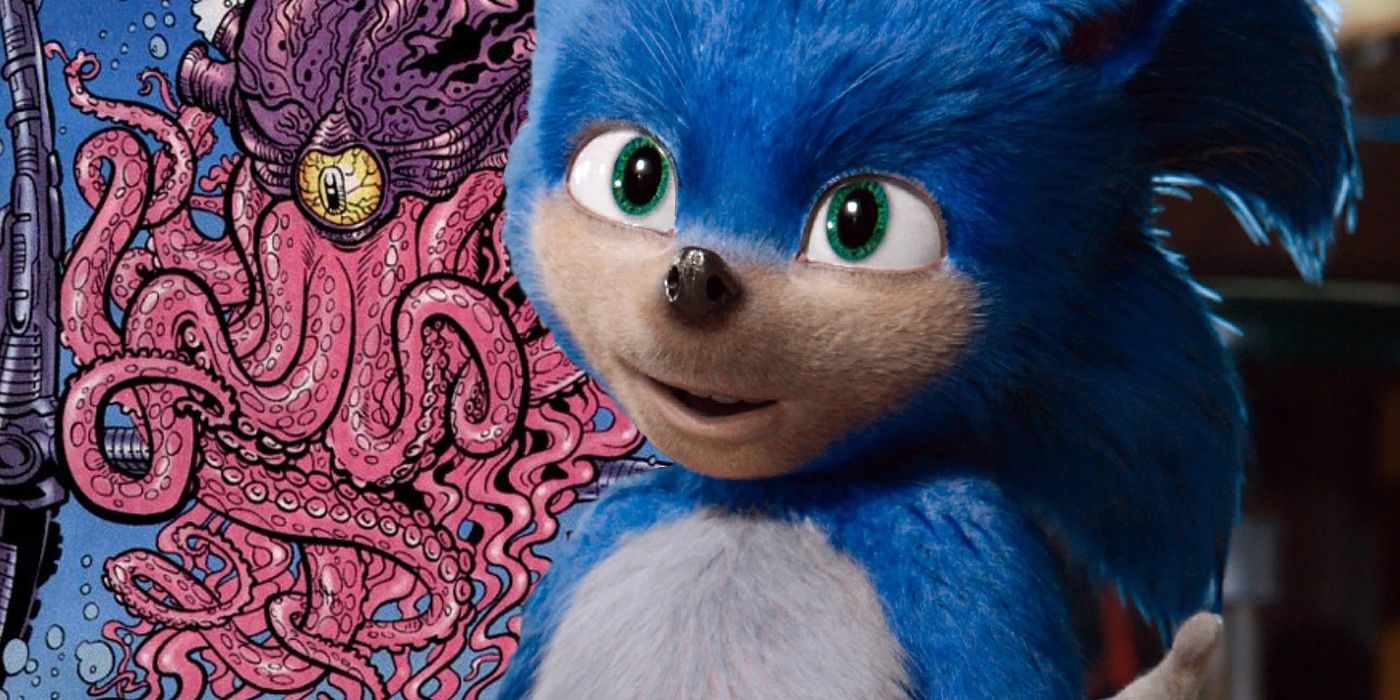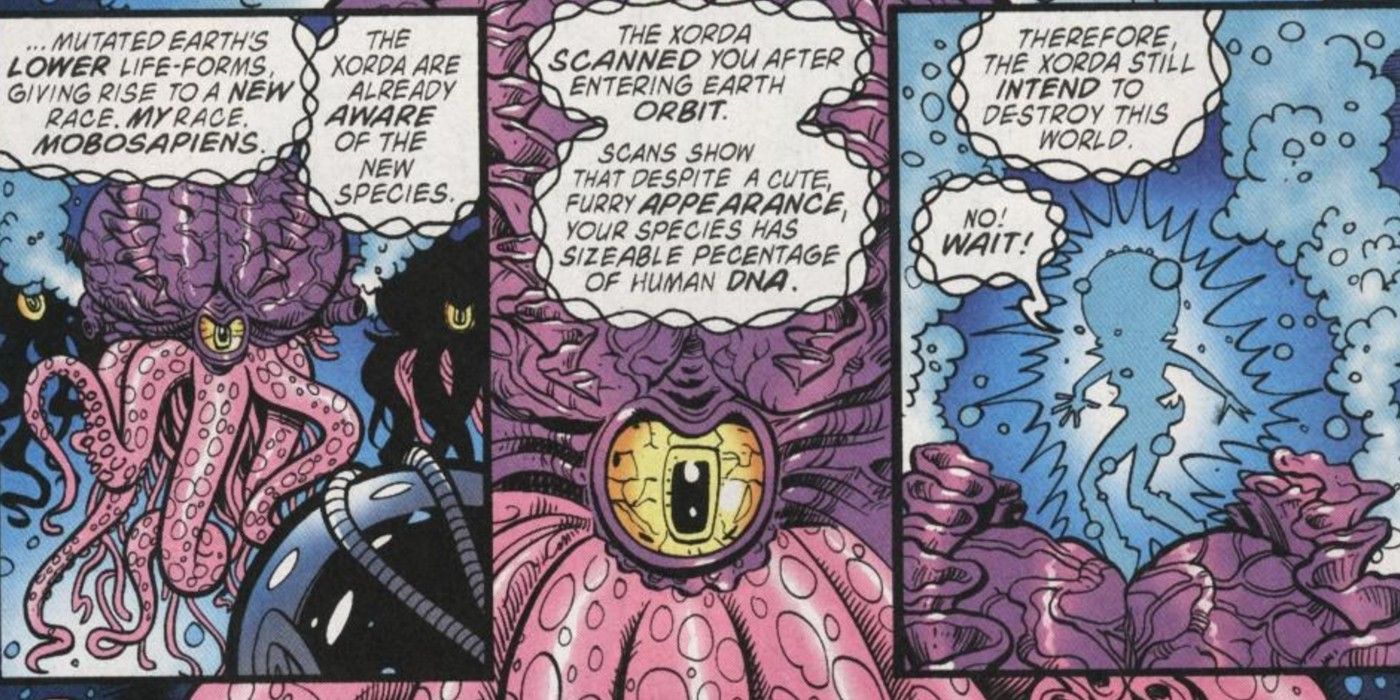To those who have only played the games, it can seem strange that so many fans are devoted to the Sonic the Hedgehog franchise, but the Blue Blur has actually had some truly trippy adventures. Many fans appreciated the extra spice that Archie Comics dumped into the bland chili dog recipe that was the Sonic franchise in the 1990s. Before Archie Comics, each creator had geared their iteration towards a younger audience by portraying the spiky blue hedgehog and his adventures as light-hearted but lacking substance. Archie Comics' new ingredients consisted of more mature storylines (like Sonic being framed for murder) embellished with more violence, menacing enemies, and ambitious plots.
The writers of Archie's now-discontinued Sonic the Hedgehog continuity delved deeper into each character's psyche to unlock a whole wealth of hidden potential never before explored. And yet, it wasn't until issues 124 and 125 when writer Karl Bollers really began dabbling in the macabre and surreal, with a tale of how Sonic was actually created by aliens, and technically has human DNA. Up until that point, the newest elements that Archie Comics had introduced into Sonic's status quo were the Overlanders, a humanoid race who, for many years, fought the Kingdom of Acorn, a nation of anthropomorphic animals. Before the rise of Robotnik, the conflict between these two species provided a vast backstory for the series while adding ample amounts of betrayal, loss and intrigue that could satisfy the voracious appetite of any comic reader.
Bollers' story introduced an alien race called the Xorda, who came with one purpose in mind: to seek revenge on a race of beings called humans who had experimented on their kind when they originally came in peace to a planet they referred to as Earth. To readers, this implication that Earth was the same planet as Mobius was huge, both because it added another layer of unseen backstory to Sonic's then-continuity, but even more so due to the fact that the Xorda had come to destroy the planet. Like comic readers at the time, everyone on Mobius was stunned, though for a very different reason. The planet's inhabitants wanted to prove that this was all just an extreme case of mistaken identity. They lived on Mobius, not Earth, so the Xorda must have come to the wrong planet.
The Mobians soon learned that, based on certain correlations between the Xorda's story and a legendary event on Mobius known as the Days of Fury, their "guests" were right. Happily, they could still prove to the Xorda that these "humans" no longer existed, which would mean that there was no one upon which to enact any form of vengeance. But the ensuing conversation with the Xorda revealed that the gene-bombs the Xorda originally used to destroy the humans actually mutated Earth's lower life forms into a new race that eventually became Sonic and his friends, a mutation that contained a "sizable percentage of human DNA."
Although Sonic later successfully staved off the Xorda's assault on Mobius, the real news was that Mobius was a future Earth populated by mutated, part-human creatures. Indeed, according to the Xorda, Sonic the Hedgehog himself is human enough to be considered a true descendant of the species; a disturbing detail about the cartoon animal which adds new context to the uproar surrounding his overly anthropomorphic design in the original trailers for the recent Sonic the Hedgehog movie adaptation. Ever since the Archie Comics series' discontinuation, fans have been left wondering whether IDW Publishing's iteration of Sonic will dare enter such otherworldly domains, or whether the days of truly weird - and accordingly fascinating - Sonic stories are over.


